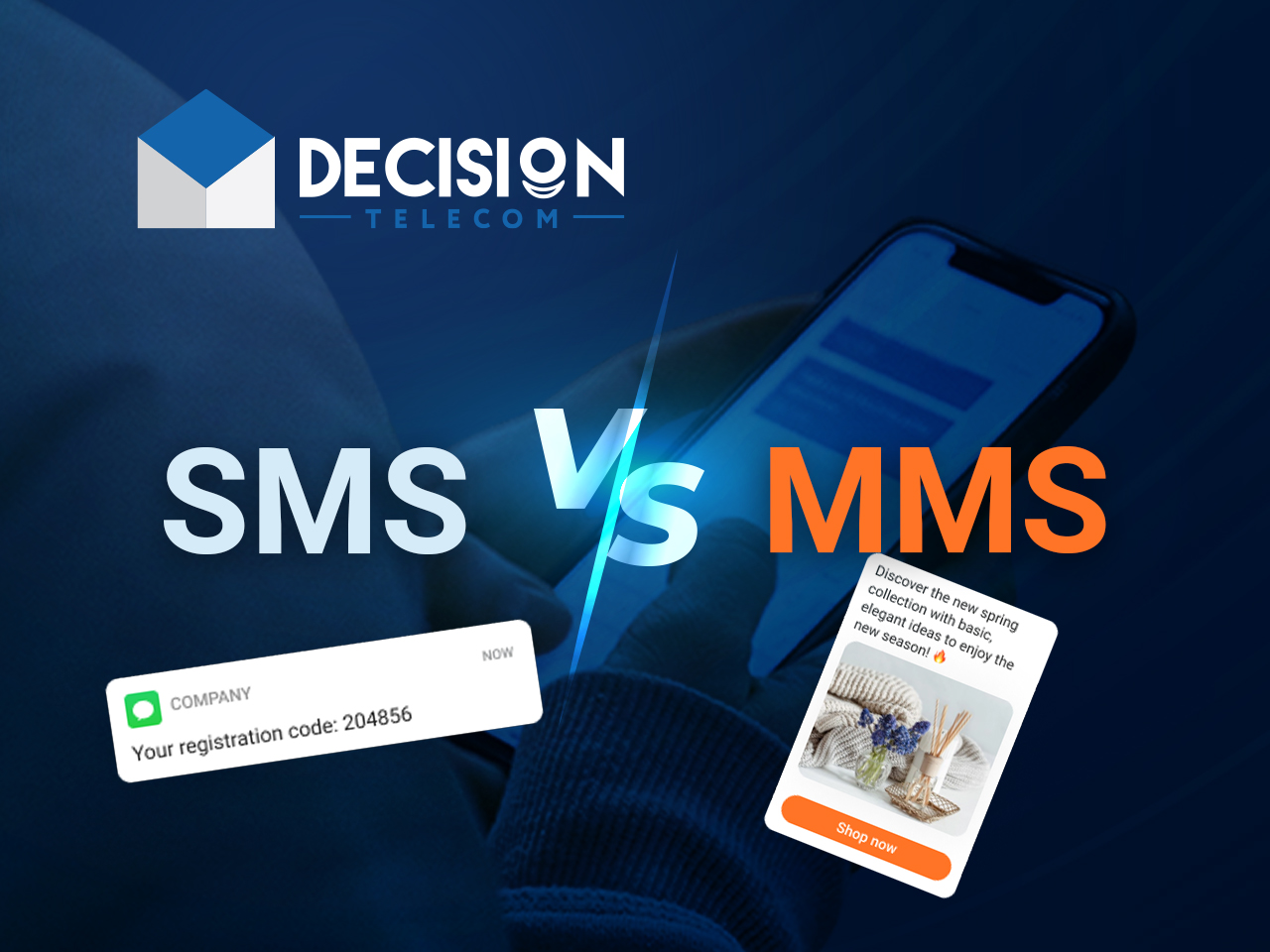In today’s fast-paced digital era, communication has evolved dramatically, and among the various methods available, MMS video has emerged as a significant player. This technology has bridged the gap between simple text messaging and the rich content sharing we enjoy today. With multimedia messaging service (MMS), users can send videos, images, and audio messages, making communication more engaging and interactive. The rise of smartphones has further propelled the popularity of MMS, allowing users to share memorable moments instantly.
MMS video enables users to share short video clips directly to their friends and family, creating a more personal connection. The convenience of sending videos through messaging apps has made it a preferred choice for many, especially for those who want to convey emotions, share experiences, or simply entertain others. As we delve deeper into the world of MMS videos, we will explore their significance, the technology behind them, and their impact on communication.
Furthermore, as we navigate this landscape, it is essential to consider various aspects, such as privacy concerns and the future of multimedia messaging. This article will address these questions and more as we explore the fascinating realm of MMS videos.
What Is an MMS Video?
MMS, or Multimedia Messaging Service, is a standard way to send messages that include multimedia content to and from mobile devices. An MMS video is a short video clip that can be sent through this service. Unlike traditional SMS (Short Message Service), which is limited to text, MMS allows users to share videos, images, and audio clips, enhancing the messaging experience.
How Does MMS Video Work?
The process of sending an MMS video is relatively straightforward. Users can select a video from their device's gallery or record a new one, then attach it to a message. The video is then sent over the mobile network to the recipient's device. Here's a quick overview of how it works:
- Select the video you want to send.
- Open your messaging app and create a new message.
- Attach the video file to the message.
- Send the message to your desired recipient.
How Are MMS Videos Different from Other Video Sharing Methods?
While MMS videos are a convenient way to share video content, they differ from other video sharing methods like social media platforms and email. Here are some key differences:
- File Size Limitations: MMS typically has a file size limit, usually around 300KB to 1MB, which restricts the length and quality of the video.
- Direct Messaging: MMS allows for direct messaging, making it a more personal way to share videos with specific individuals.
- Internet Dependency: Unlike social media, which requires an internet connection, MMS can be sent over mobile networks, making it accessible even without Wi-Fi.
What Are the Advantages of Using MMS Video?
MMS video offers several advantages, making it a popular choice for users. Here are some of the key benefits:
- Ease of Use: Sending an MMS video is straightforward and user-friendly.
- Instant Delivery: Videos can be sent and received instantly, allowing for real-time communication.
- Enhanced Engagement: Videos can convey emotions and messages more effectively than text alone.
Are There Any Disadvantages to MMS Video?
Despite its advantages, MMS video does come with some drawbacks. Understanding these limitations can help users make informed decisions about their messaging options.
- Cost: Sending MMS messages may incur additional charges depending on the mobile carrier and plan.
- Quality Limitations: The file size restrictions can lead to lower video quality compared to other sharing methods.
- Compatibility Issues: Not all devices support MMS, which can lead to delivery failures.
How to Create Engaging MMS Videos?
Creating engaging MMS videos requires some creativity and attention to detail. Here are some tips to help you make the most of your MMS video:
- Keep it Short: Aim for a video length of 15-30 seconds to maintain the viewer's attention.
- Focus on Quality: Use good lighting and stable footage to enhance video quality.
- Add a Personal Touch: Share heartfelt messages or unique experiences to make the video more relatable.
What Does the Future Hold for MMS Video?
As technology continues to evolve, the future of MMS video is likely to change as well. With advancements in mobile networks, such as 5G technology, we can expect improvements in video quality, file size limits, and overall user experience. Additionally, the integration of MMS with various messaging apps may lead to more features and capabilities, making video sharing even more interactive.
Conclusion: Embracing the MMS Video Revolution
In conclusion, MMS video has transformed the way we communicate, allowing us to share our lives in a more engaging and personal manner. Despite its limitations, the advantages it offers make it a valuable tool in our digital communication toolkit. As we look to the future, embracing MMS video will undoubtedly remain a key aspect of our interactions in an increasingly multimedia world.
You Might Also Like
Unveiling The Enigma Of Tony Rader: A Multifaceted JourneyUnveiling The Marie Temara OnlyFans Leak: What You Need To Know
Discovering The World Of Masa 49.come: A Journey Through Creativity And Innovation
Unveiling The Secrets: The Morgan Vera OnlyFans Leaked Controversy
Exploring The Enigma Of Monalita: A Journey Into Art And Identity
Article Recommendations
- Luxmovies 2024
- Movierulz Web Series
- Liam Payne Pedophelia
- Cristin Milioti Son
- Cardi B Boobs
- Alana Cho Onlyfans Reddit
- What Is Camilla Araujo Job
- Google Rank Tracking
- Maligoshik Erome
- Andrea Lopez Nudes

/what-is-sms-mms-iphone-2000247-Final-5c38a50846e0fb0001673a66.png)
